Indiana Jones and the Dial of Destiny hits the cinema screens in 2023, so we decided it’s high time to pay tribute to our favourite intrepid archaeologist with a guide to some of the most underrated archaeological sites from South Korea, France and beyond – all of which are open to the public.
1. Ganghwa Dolmen Sites, South Korea
Historians have spent decades wondering how the people behind England’s Stonehenge mustered the strength to drag the site’s stones into place, but the builders of South Korea’s dolmens required significantly more stamina. In fact, the country has the highest density of these single-chamber megalithic tombs, each built with thick slabs of stone. Some of the finest examples can be found on the island of Ganghwa. Built during the Neolithic and Bronze Age, they were used as grave markers, and excavations of the ground beneath them have provided archaeologists with fascinating insights into funerary practices, prehistoric stonework techniques and social systems – the riches found beneath the dolmens suggest they were reserved for elite members of society.
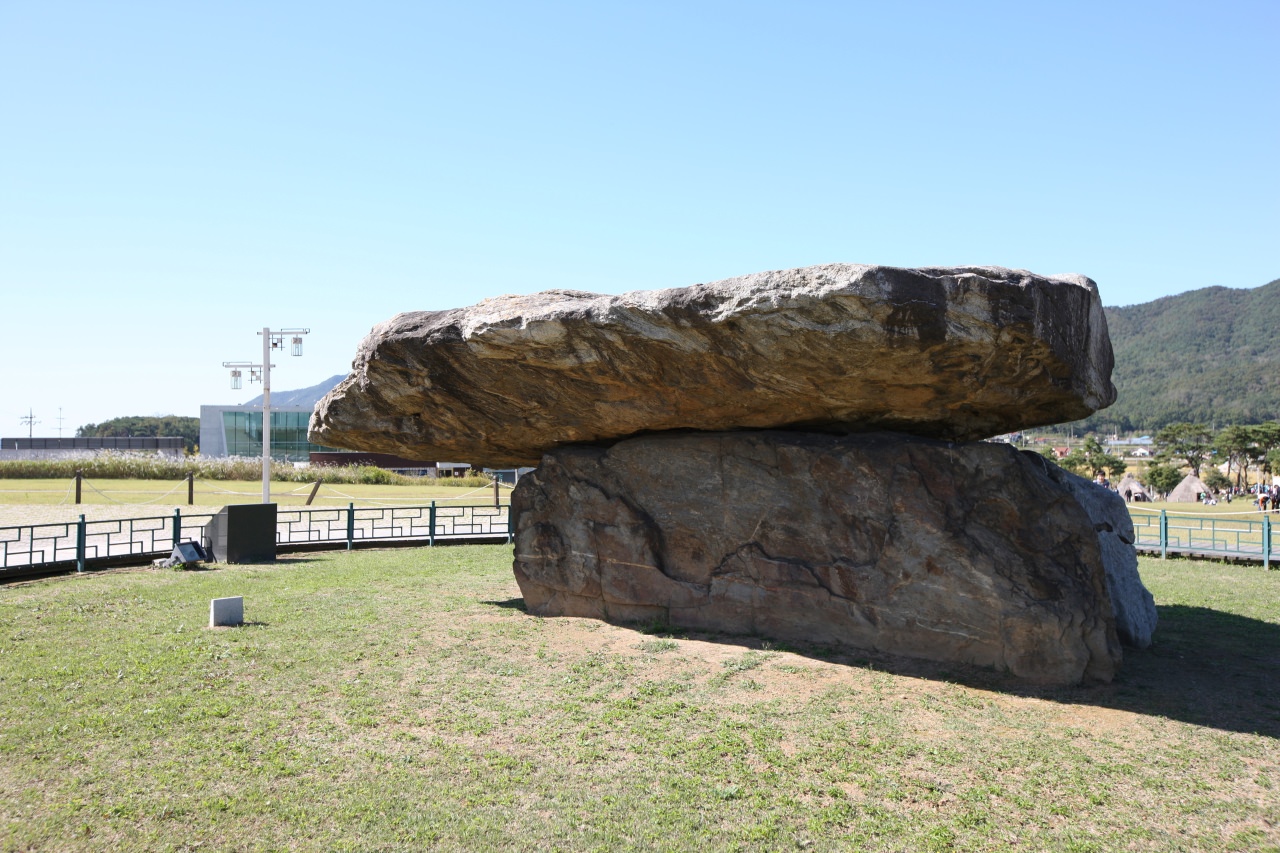
2. Lullingstone Roman Villa, UK
When Kent’s Lullingstone Roman Villa was built in 100AD, it was a simple dwelling with four rooms and a cellar. Subsequent expansions suggest the owners amassed considerable wealth – a chapel and bathing suite with hot, cold and tepid rooms were added, along with additional bedrooms. In the so-called Cult Room (a basement room where owners would practice pagan beliefs) the walls were adorned with frescos depicting water goddesses. Additionally, a highly detailed image of three water nymphs provided archaeologists with an insight into Roman interior decoration trends. Visitors to Lullingstone can check out the villa’s well-preserved remains that include stunning wall paintings from the former church and various artefacts discovered during the excavation process. These include two skeletons (presumed to be former owners) and some of the finest Roman mosaics discovered in the UK.
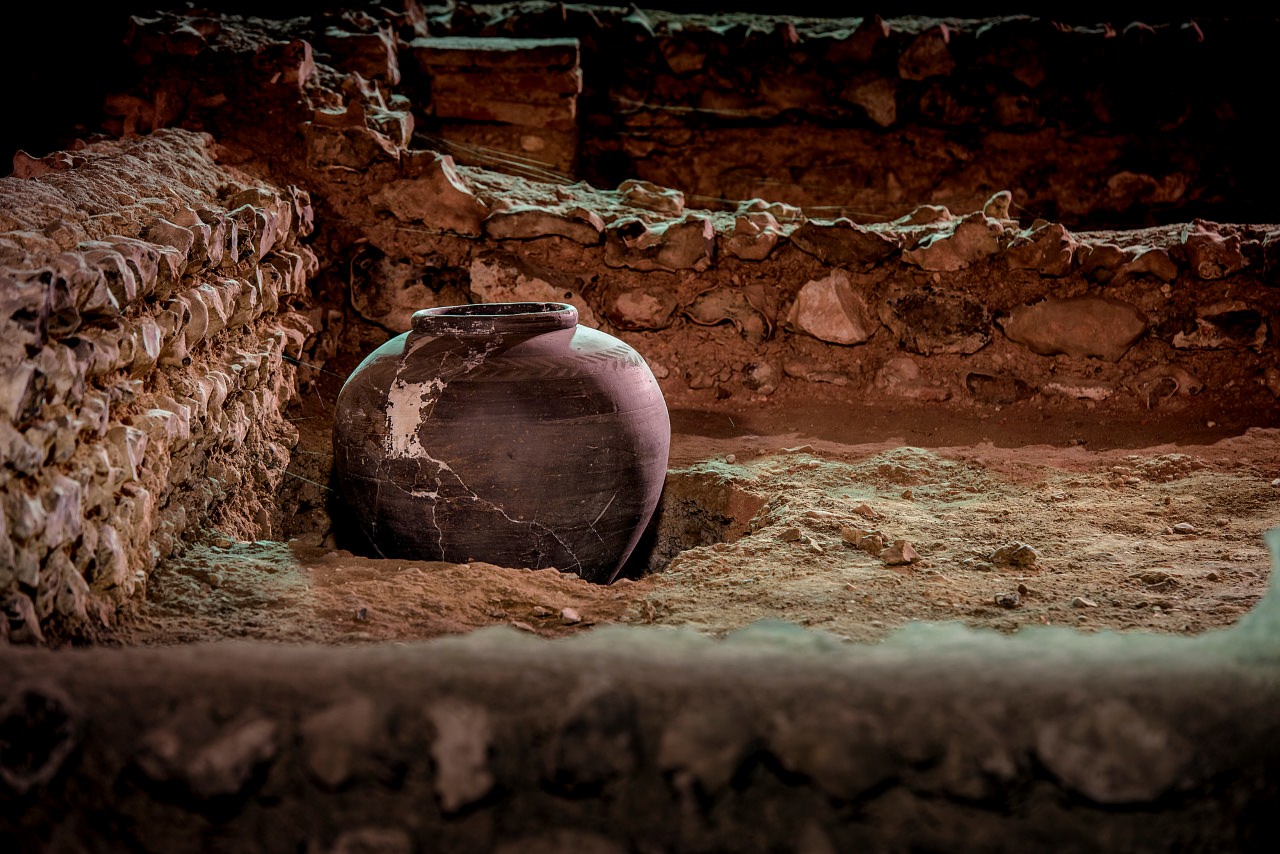
3. Lascaux Cave, France
Full disclosure – Dordogne’s Lascaux Cave has been closed to the public since the 1960s, but visitors to the nearby Lascaux IV International Centre will find a complete replica of one of France’s most significant archaeological sites. The discovery of the rock art in the Lascaux Cave transformed scientists’ understanding of both prehistoric art and human origins. A wide range of tools and techniques was used – in some areas, there’s an abundance of engraved images, while elsewhere, pigment was applied using a spray-painting technique, one of the earliest examples of this artform. However, it’s the abundance of painted art, created using basic brushes and stencils made from animal hides, that astounded archaeologists. At a time when most rock art was either drawn or engraved, the Lascaux Cave artists created hundreds of intricate images using a huge range of pigments mixed with calcite.

4. Sterkfontein Caves, South Africa
Some of the fossils found at the Sterkfontein Caves, part of an area referred to as the Cradle of Humankind, are four million years old. This underrated archaeological site is home to an Australopithecus skeleton, a species of extinct primates closely related to modern humans. Also on display are ancient stone tools which proved that our ancestors mastered the art of fire-making more than a million years ago. Fancy checking out the world’s longest-running archaeological excavation site? Start with a visit to the museum, where you can see some of the fossils and learn how the discoveries made here bolstered Darwin’s theory that human life began in Africa, before heading underground to see the cathedral-like caves.
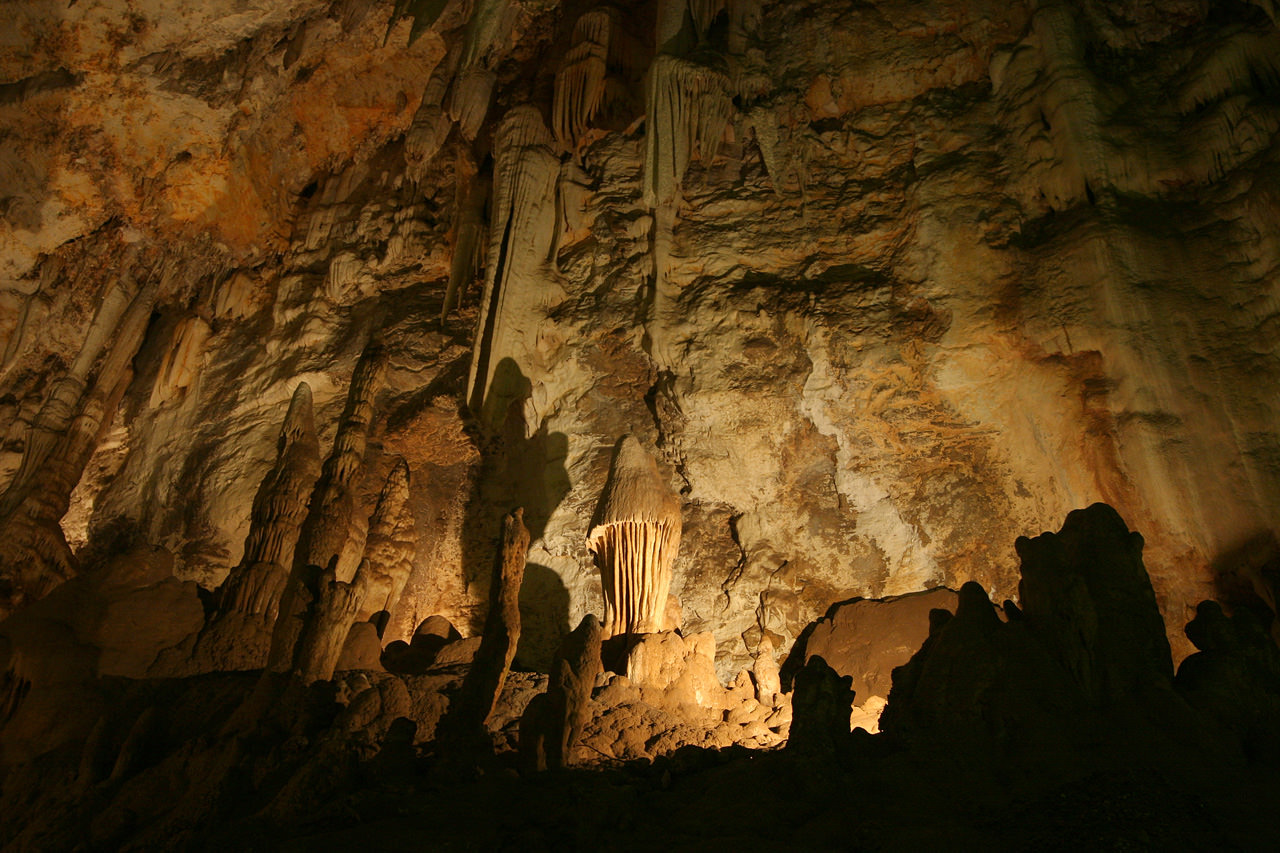
5. Ayutthaya, Thailand
Ayutthaya is a Siamese capital which was founded in around 1350 and flourished until the 1700s, when it was destroyed by the Burmese. Famous for its sky-scraping prangs (ornate towers common in Hindu and Buddhist architecture) and monastaries, this beautiful temple complex was built near the confluence of the Lopburi, Pasak and Chao Phraya rivers. This allowed its architects to install a vast network of canals and moats and what was, at the time, Asia’s most advanced hydraulic water management system. It was regarded as so sophisticated that the country’s current capital, Bangkok, was modelled on its layout, hence the reason Ayutthaya features in Bangkok’s traditional name.

6. Jumeirah Archaeological Site, Dubai
Dubai’s Jumeirah district isn’t just home to shopping malls and five-star hotels – it’s also got a sprawling urban archaeological site that’s severely underrated. When archaeologists started excavating the site in 1969, they found a vast haul of ancient treasures, including coins, tools and pottery. Their findings proved that the spot wasn’t only a former settlement but a stop-off for traders travelling between Iraq and Oman between the ninth and eleventh centuries. One of the most significant findings was the foundations of a 1,000-square-metre caravanserai (a roadside inn) alongside the remains of a mosque and a marketplace. Today, a network of walking paths weaves between the ruins, and items found here can be seen at both the small on-site museum and at the Dubai Museum.
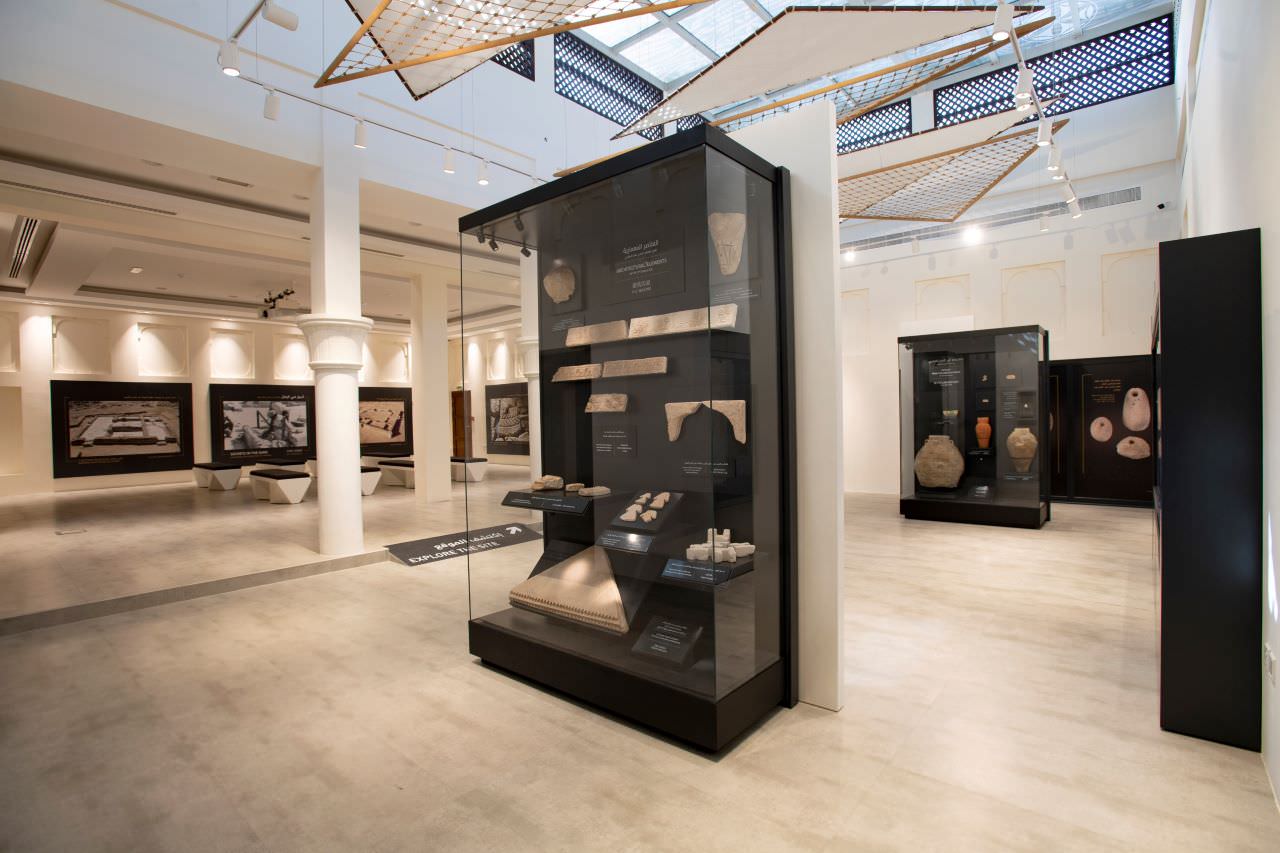
7. River House Ruin, US
Visit Utah’s River House Ruin site for a brilliant insight into the lives of the ancestral Puebloans who lived in Southern Utah between 900 and the late 1200s. Highlights include the remains of a kiva (a space used for rituals and political meetings), several one and two-storey cliff dwellings and a stunning selection of pictographs, including ones showing Kokopelli, a fertility deity typically depicted as a hunched, flute-playing figure. There are numerous reminders of more recent human activity here too, including wheel ruts carved into the stone by the wagons of Mormon pioneers who travelled through this area 150 years ago.
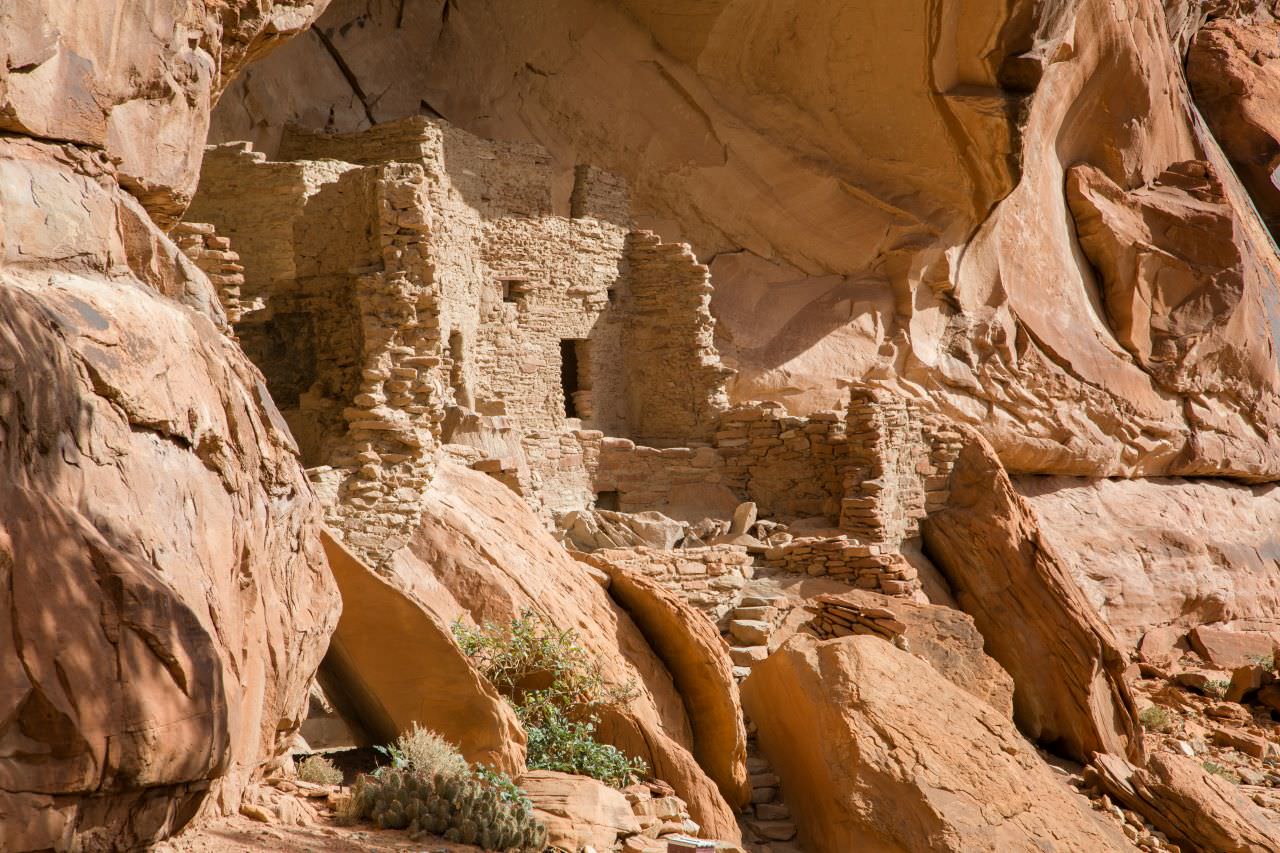
8. Madjedbebe, Australia
The use of grinding stones – whether to sharpen tools, prepare food or make pigments for rock art – is one of the most important innovations in human evolution, and much of what we know is down to the findings discovered at this Northern Territory archaeological site, a 65,000-year-old rock shelter and the setting for both the earliest known use of edge-ground axes and ground ochre pigments. Findings at Madjedbebe, which is Australia’s oldest and probably most underrated archaeological site, suggest that Aboriginal Australians arrived in on the continent 20,000 years before the first humans arrived in Europe. The pictographs found here include ones which document the arrival of the first Europeans, depicted in images showing firearms, ships and hat-wearing figures.
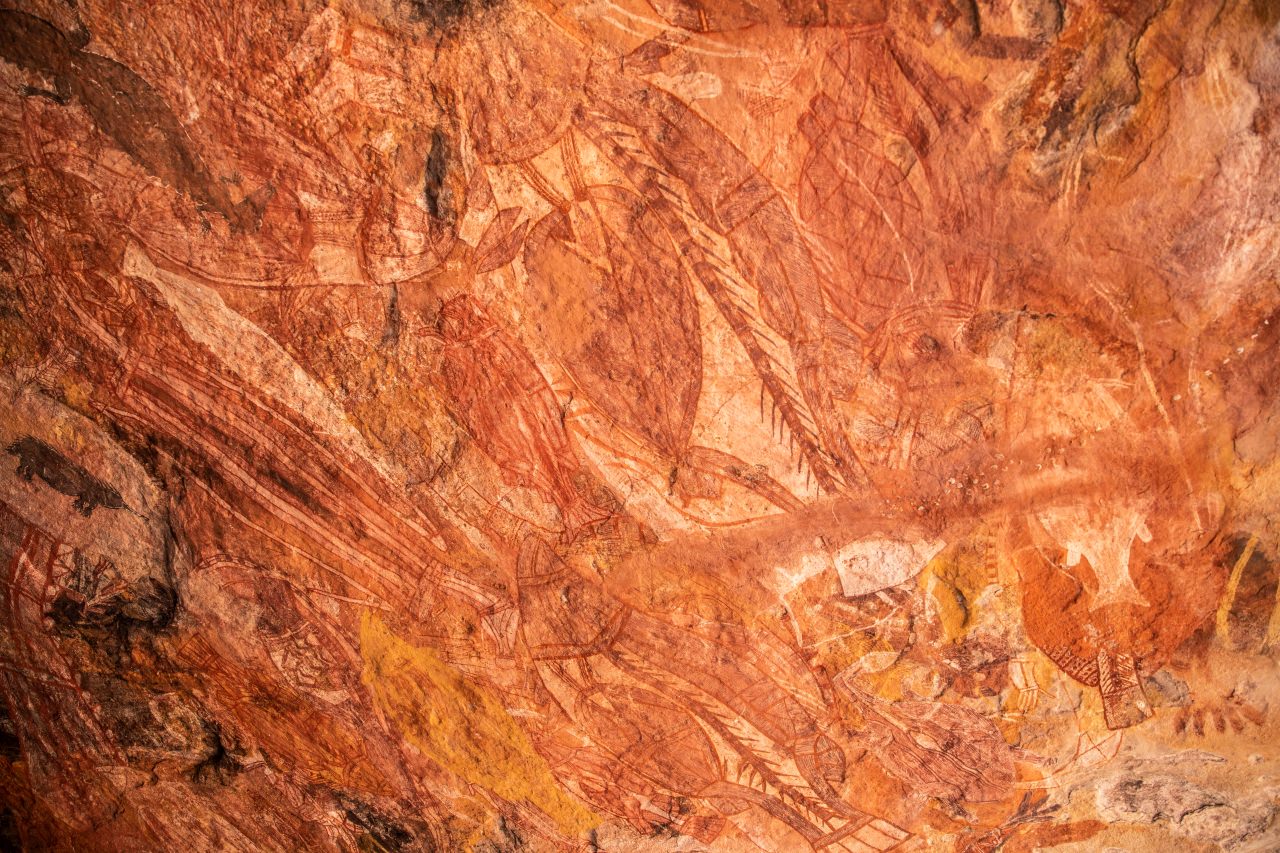
9. Augusta Raurica, Switzerland
In 170AD, Romans living in north-western Switzerland spent much of their downtime in Augusta Raurica’s ancient amphitheater. Here they watched executions, animal hunts and gladiator battles. Today, it’s the best-preserved Roman town north of the alps and the oldest known Roman colony on the Rhine, home to not only a beautiful amphitheater but a similarly grand Roman theatre and the remains of a bathhouse, bakery and tile kiln. It’s possible that other treasures will soon be revealed, as experts believe only 20% of this underrated archaeological site has been excavated. Don’t miss a visit to the museum, where a selection of the 1.7 million items found here (including the largest haul of Roman silver) are on display.
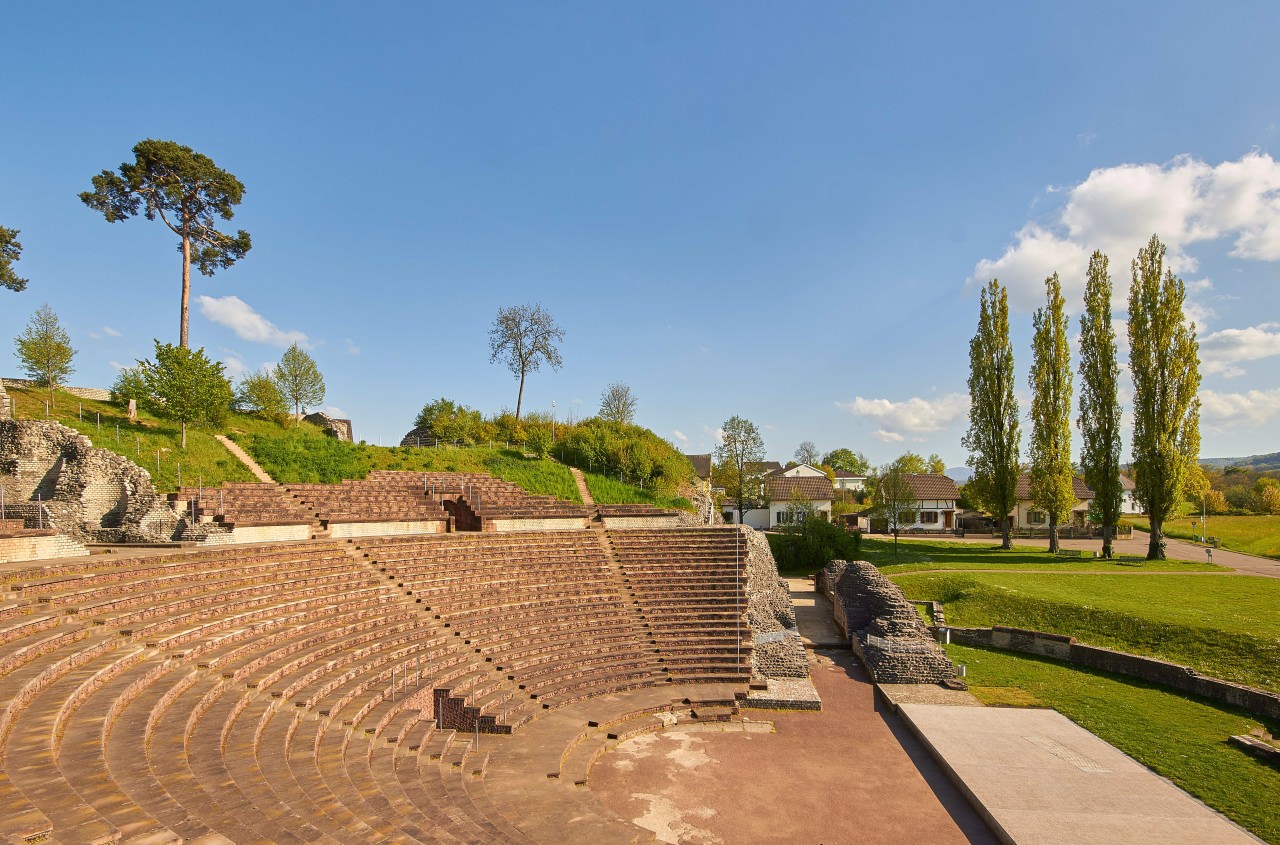
Please check the establishments’ respective websites for opening hours as well as booking and seating requirements before visiting, and remember to adhere to safe-distancing measures while out and about.
To learn more about Singapore Airlines flights, visit singaporeair.com. For updates and travel advisories, please visit Ministry of Foreign Affairs’ website.
The post 9 of the world’s most underrated archaeological sites appeared first on SilverKris.
from SilverKris
No comments:
Post a Comment